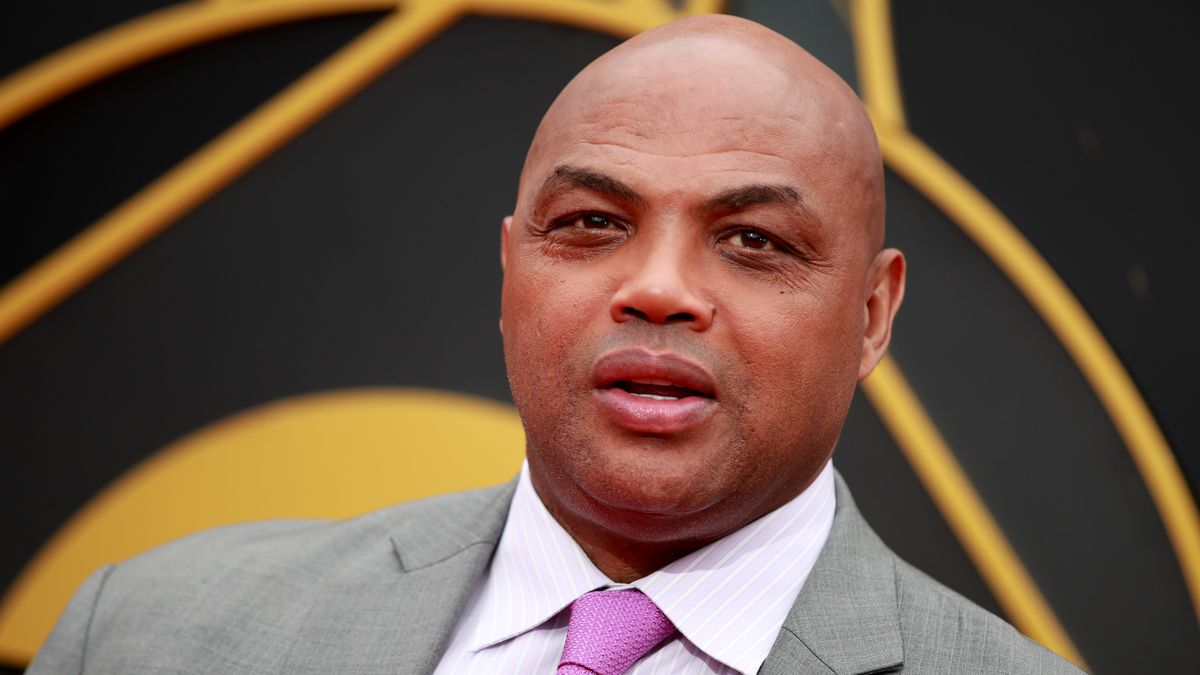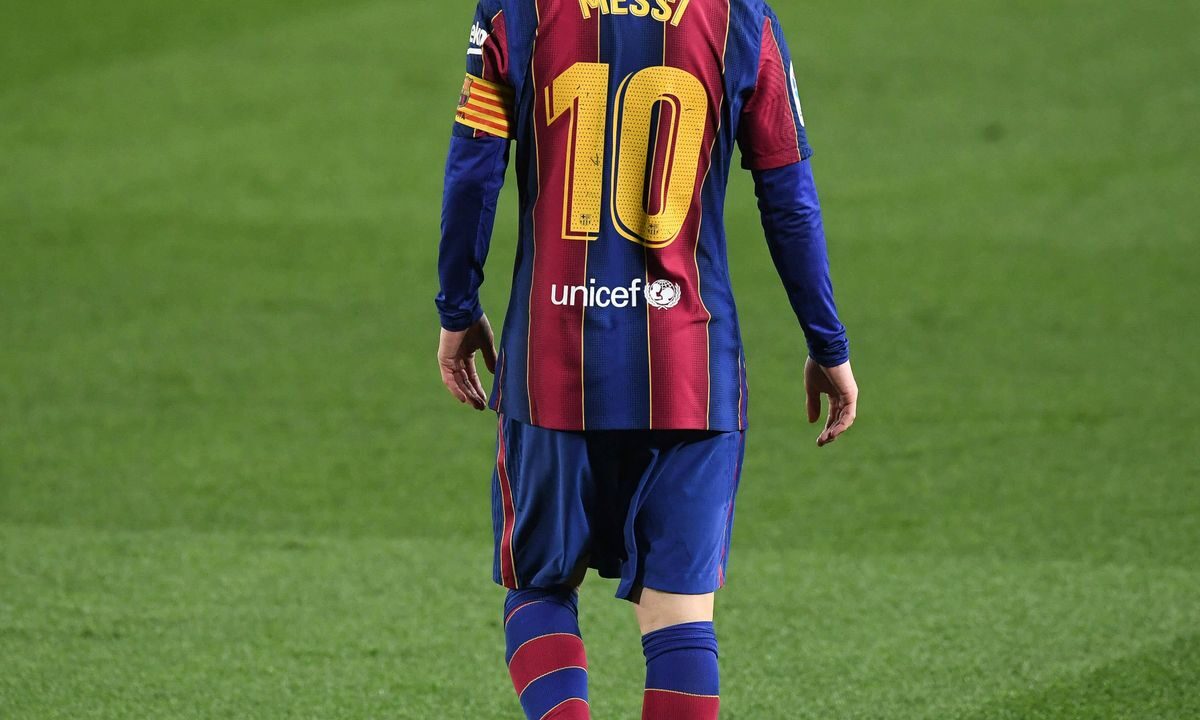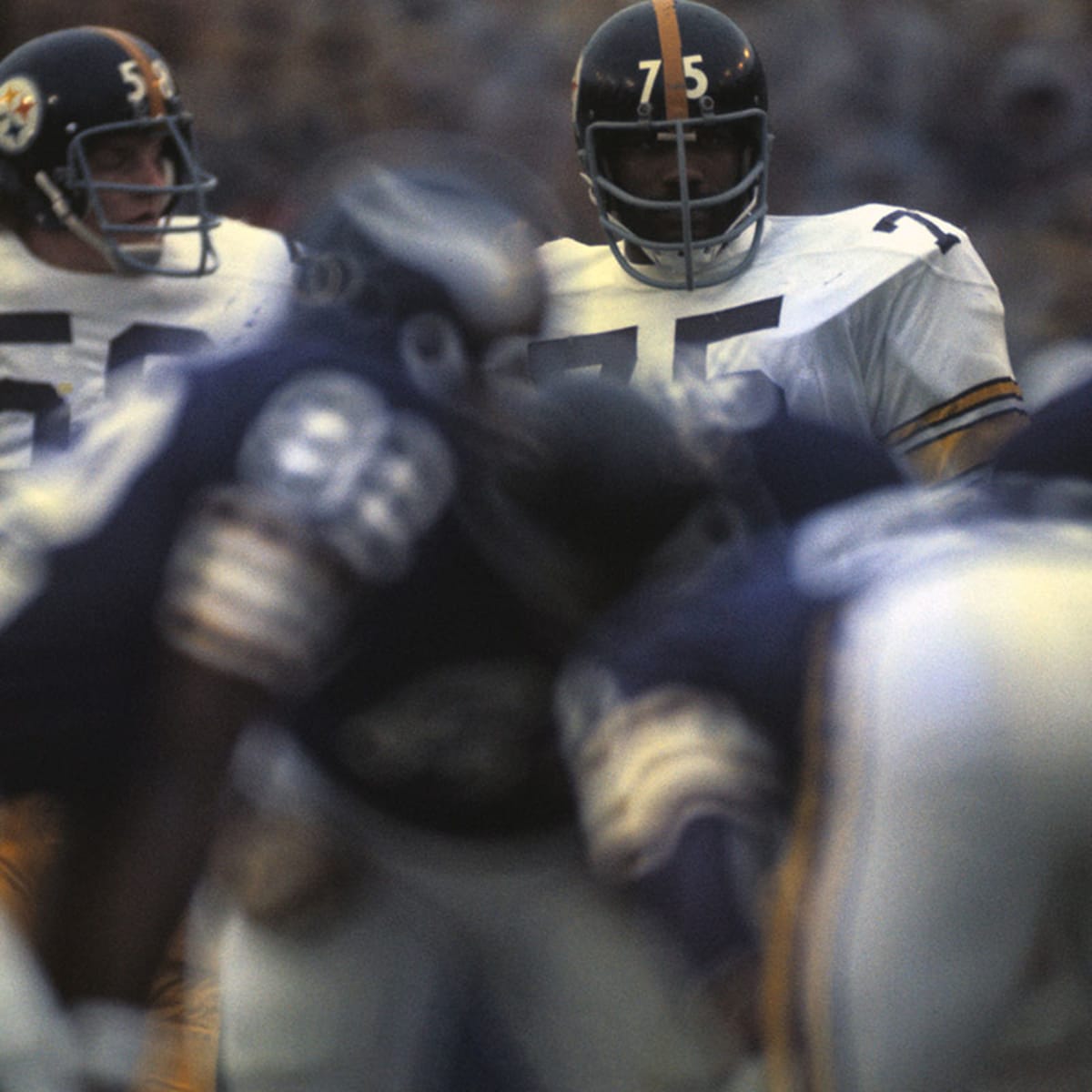Introduction:
Super Bowl IX, played on January 12, 1975, at Tulane Stadium in New Orleans, marked a historic moment for the Pittsburgh Steelers. Facing off against the Minnesota Vikings, the Steelers aimed to secure their first-ever Super Bowl victory. This blog post delves into the narrative of Super Bowl IX, a game defined by a hard-fought defensive battle and the beginning of a dynasty in the making.
The Context:
Super Bowl IX unfolded at a time when the Pittsburgh Steelers, led by head coach Chuck Noll, were on the cusp of greatness. The Steelers, representing the American Football Conference (AFC), faced the seasoned Minnesota Vikings, who were making their third Super Bowl appearance. Both teams entered the game with strong defensive reputations, setting the stage for a clash of titans.
The Teams and Players:
The Steelers’ roster featured emerging stars, including quarterback Terry Bradshaw, running back Franco Harris, and a formidable defense led by the “Steel Curtain.” On the other side, the Vikings, coached by Bud Grant, showcased a veteran lineup with quarterback Fran Tarkenton and a defense known for its toughness.
The Game Unfolds:
Super Bowl IX began with a defensive struggle, as both teams struggled to find offensive rhythm in the first quarter. The Vikings, known for their “Purple People Eaters” defense, held the Steelers scoreless early on. However, the Steelers’ defense, led by the “Steel Curtain” front four, reciprocated by limiting the Vikings’ offensive opportunities.
The first score of the game came from the Steelers in the second quarter, as kicker Roy Gerela connected on a 36-yard field goal. The Vikings responded with a field goal of their own, resulting in a 2-2 tie at halftime, a rarity in Super Bowl history.
Defensive Battle:
Super Bowl IX lived up to its billing as a defensive battle. The “Steel Curtain,” featuring stars like Mean Joe Greene, L.C. Greenwood, and Jack Lambert, proved impenetrable for the Vikings. The Steelers’ defense intercepted Fran Tarkenton three times, maintaining control of the game.
The Vikings’ defense, anchored by Alan Page and Carl Eller, also displayed resilience, but the Steelers’ ground game, led by Franco Harris, gradually wore down their opponents. Harris, later named Super Bowl IX MVP, rushed for 158 yards and a touchdown, setting the tone for the Steelers’ offensive approach.
Key Moments:
One of the key moments of the game came in the second quarter when Franco Harris scored the first touchdown of Super Bowl IX with a four-yard run. The Steelers took a 9-0 lead after a failed extra point attempt. The Vikings managed to get on the board with a field goal, but the Steelers extended their lead with another touchdown run by Harris in the fourth quarter, securing a 16-6 victory.
The Steelers’ defense played a pivotal role in preserving the lead, sacking Fran Tarkenton and stifling the Vikings’ attempts to mount a comeback. A late-game interception by Glen Edwards sealed the Steelers’ inaugural Super Bowl triumph.
Halftime Show and Cultural Impact:
Super Bowl IX’s halftime show featured “America Thanks,” a tribute to the United States Bicentennial celebration. While halftime shows of this era may not have been as elaborate as contemporary productions, they reflected the evolving cultural significance of the Super Bowl as a major entertainment event.
Legacy and Impact:
Super Bowl IX marked the beginning of the Pittsburgh Steelers’ dynasty under Coach Chuck Noll. The victory set the stage for the Steelers’ subsequent dominance in the 1970s, with the team winning a total of four Super Bowls in that decade. The “Steel Curtain” defense became synonymous with excellence, laying the foundation for the franchise’s storied history.
Franco Harris’s MVP performance, the “Steel Curtain” defense, and the emergence of young talents like Terry Bradshaw signaled the dawn of a new era for the Pittsburgh Steelers. Super Bowl IX’s significance extended beyond the game itself, as it propelled the Steelers into an era of sustained success and laid the groundwork for one of the NFL’s most celebrated franchises.
Conclusion:
As we look back on Super Bowl IX, it stands as a pivotal moment in NFL history and the birth of a football dynasty. The Steelers’ inaugural triumph showcased the potency of a dominant defense and established a winning culture that would define the franchise for years to come. Super Bowl IX was not just a game; it was the beginning of a legacy for the Pittsburgh Steelers.







